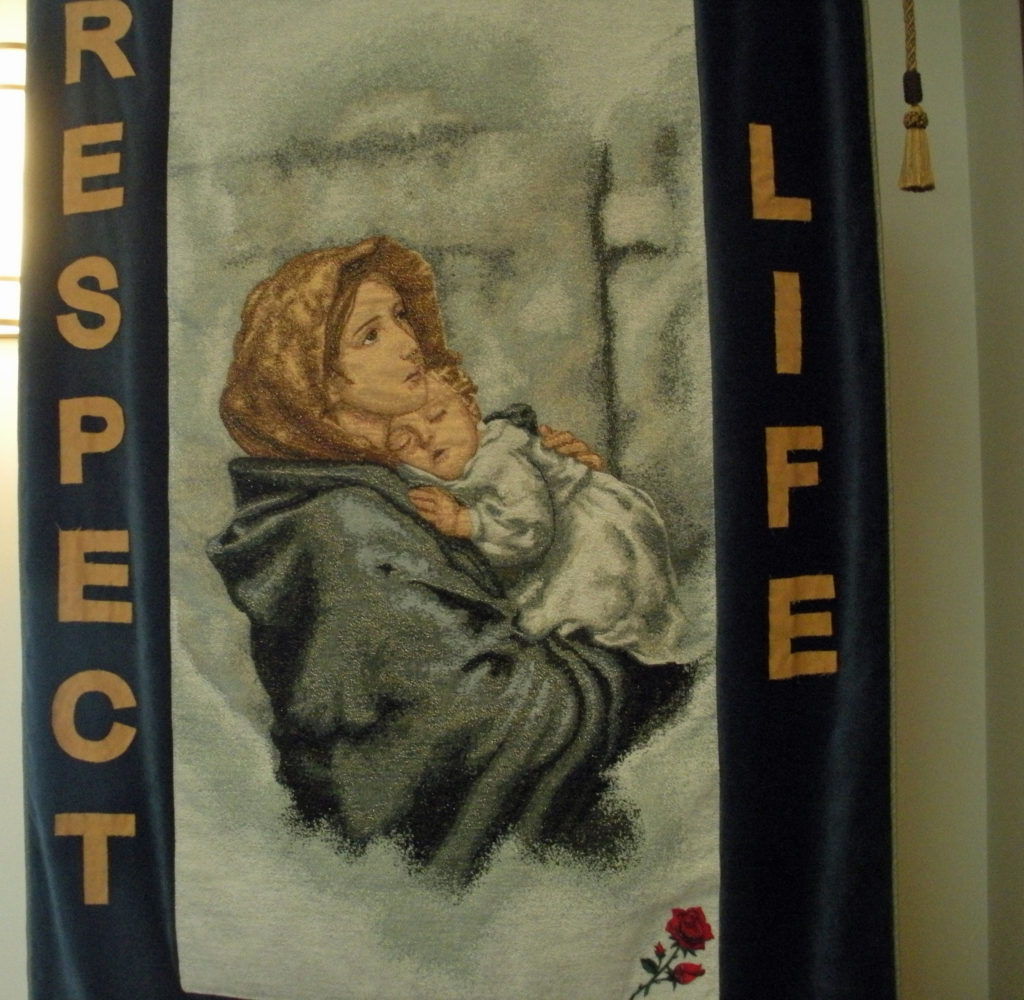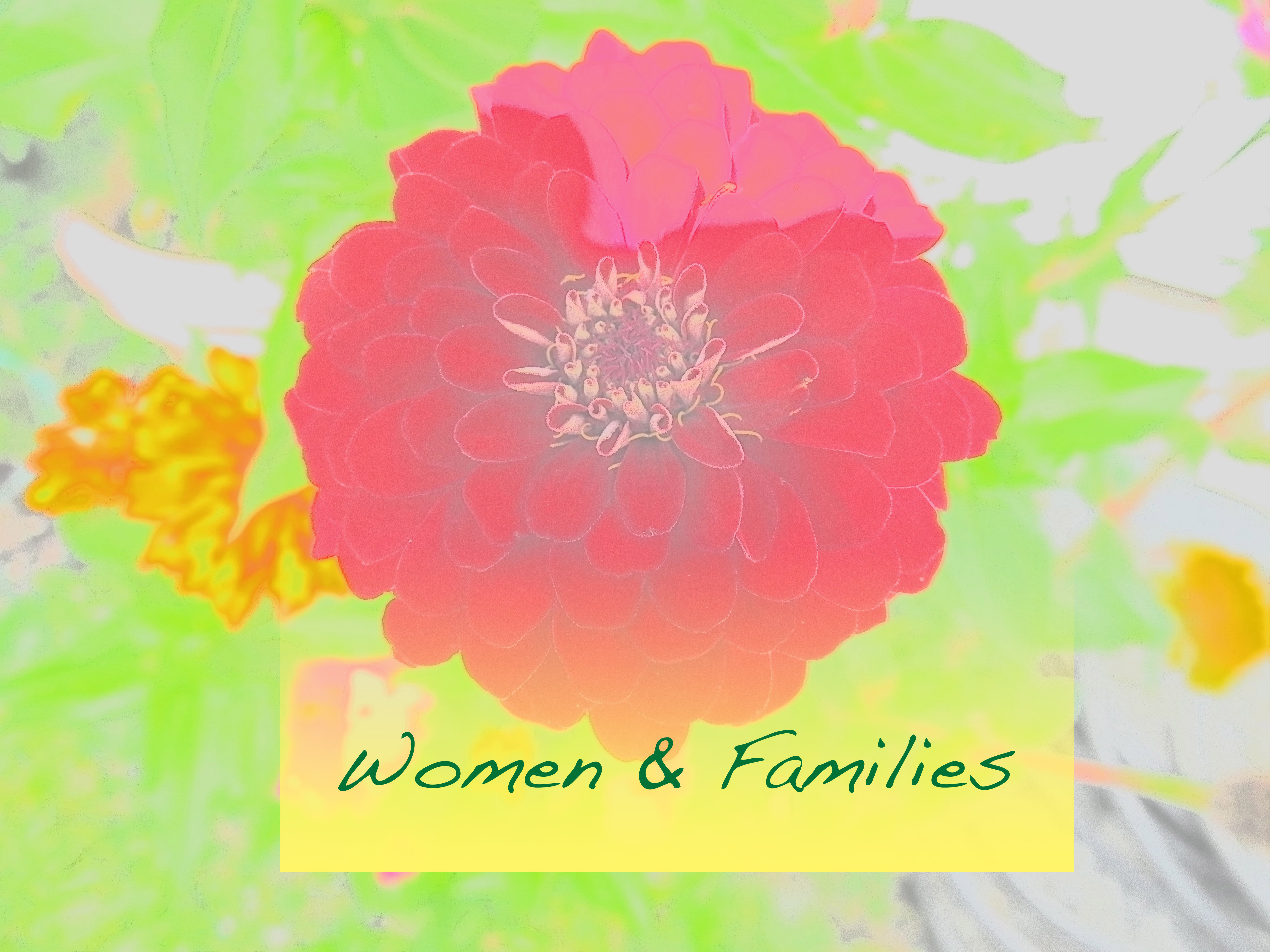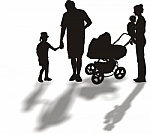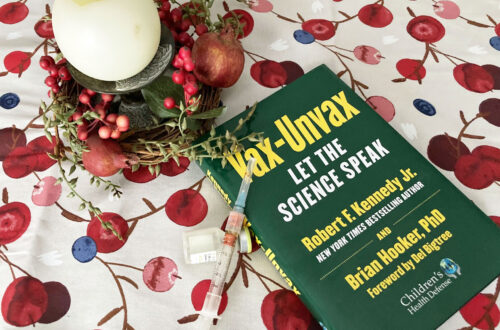Our pastor has begun a series of messages from the book of Exodus and he pointed out the strong women mentioned in the first two chapters of this book.
When the Egyptian King decreed that the Hebrew midwives should kill all Hebrew male babies Shiprah and Puah did not obey the decree.

But the midwives feared God and did not do as the king of Egypt commanded them, but let the male children live. Exodus 1:17
So they were called before Pharaoh, the king of Egypt, and questioned.
The midwives explained that the male babies survived,“because the Hebrew women are not like the Egyptian women, for they are vigorous and give birth before the midwife comes to them.” Exodus 1:19
Were the midwives lying? They were circumventing the king’s command. Their answer indicated that they had experience attending Egyptian and Hebrew women.
Women that are physically active—the Hebrew women worked hard as slaves— are in better physical condition, more likely to have a labor that progresses well—more likely to walk, squat and change position throughout labor. The Hebrew women may have given birth with the assistance of relatives that had learned basic skills from the midwives.
And then Pharaoh made a new decree. He asked the Egyptians to be on the alert and to throw any Hebrew male babies into the Nile.
One Hebrew woman (Jochebed) realized that her three month old baby boy was becoming increasingly hard to hide. So she made a little basket sea worthy, and asked Miriam (the baby boy’s sister) to place him in the river.

Jochebed instructed the Miriam to watch him.
Pharaoh’s daughter saw the unusual floating basket and asked her maid to bring it to her. The Princess realized that the baby was a Hebrew boy whom her father had ordered to be drowned. She ignored her father’s decree.
When Miriam saw the Princess holding her baby brother she offered to get a nurse from the Hebrew women to breastfeed the child. She offered to bring the baby’s mother, and Pharaoh’s daughter agreed.
The five women (midwives, Jochabed, Miriam, King’s daughter) were disobeying the King’s order. They were defending life! Despite the possibility that harm might come to themselves, they nurtured the baby boy who would one day be a leader of Israel.
Women have been entrusted by God with the gift of bearing and nurturing life. These five women offer examples of faith and courage as they persevered, defending the life of a baby. They were gutsy women.
World Magazine recently published the story of a missionary woman who stopped the practicing of killing twin babies in a Nigerian tribe. In her mission to save lives she adopted children. She lived in the 19th century, and her name was Mary Slessor.
In our own time nine men, Supreme Court Justices, decided that a woman has the right to abort (kill) her unborn baby based on a right to privacy. Roe v. Wade was decided on January 22, 1973. The law opened the opportunity for boyfriends and family members to urge a confused and panicked woman to end an unplanned pregnancy with abortion.
Exactly one year after the Roe v. Wade decision 20,000 people showed up in Washington D.C. for a March for Life. Nellie Gray, another gutsy woman, organized this first March for Life that took place on January 22, 1974. The protest of Roe v. Wade has taken place every January since then. Icy cold weather, snow and wind, have not deterred thousands of men, women and teens from participating in the March for Life.

The moms in California fighting for the health of their children are also gutsy women. Who are the strong women that you know?
Sharing this post with the #HeartEncouragement Community Link-up





